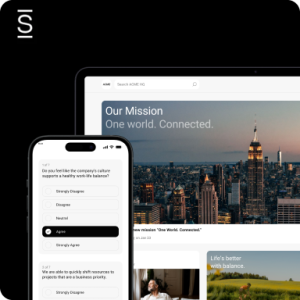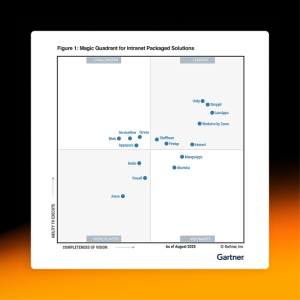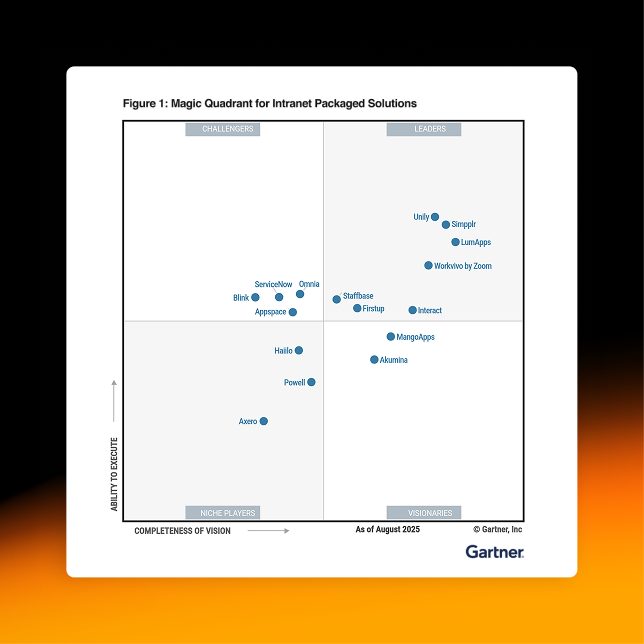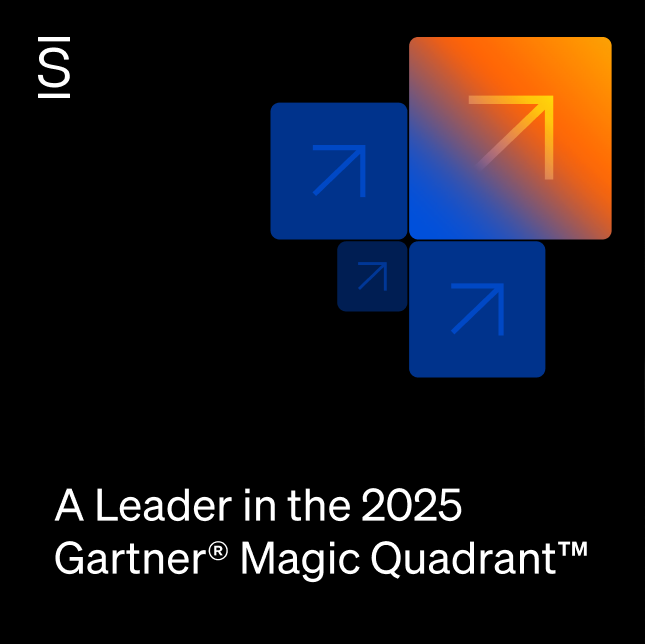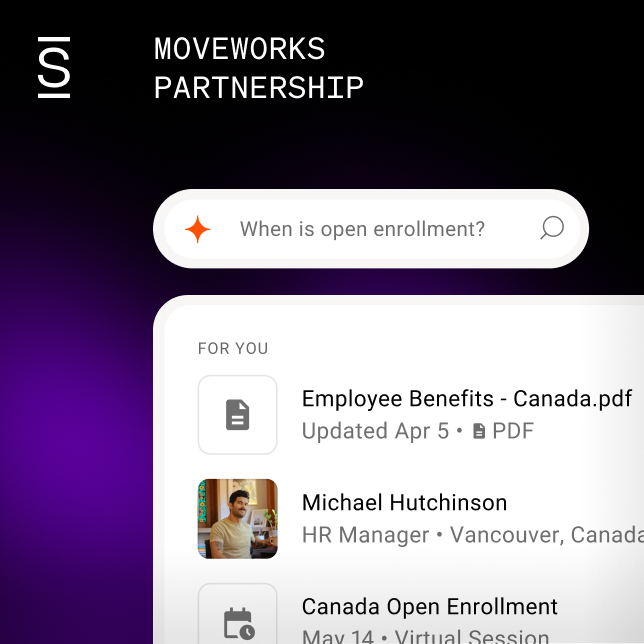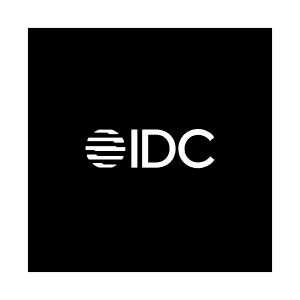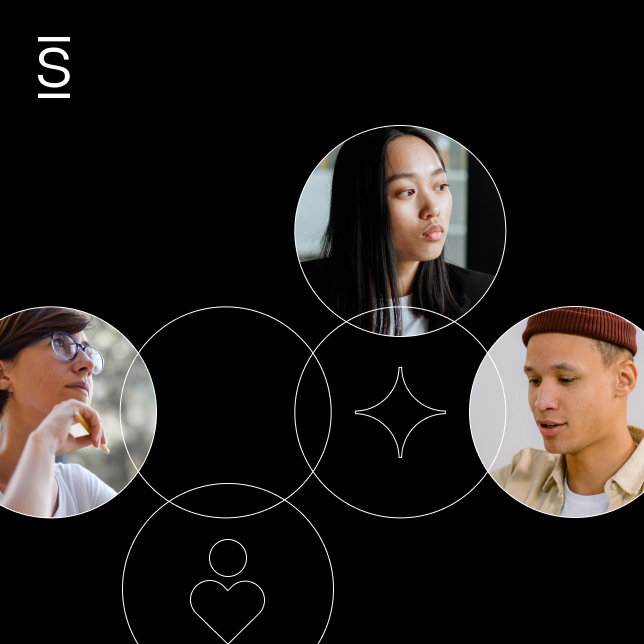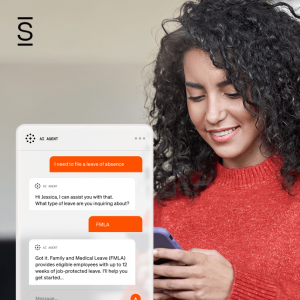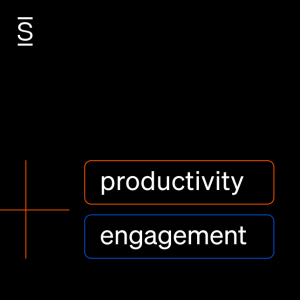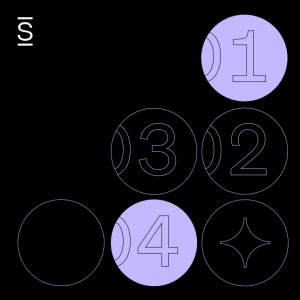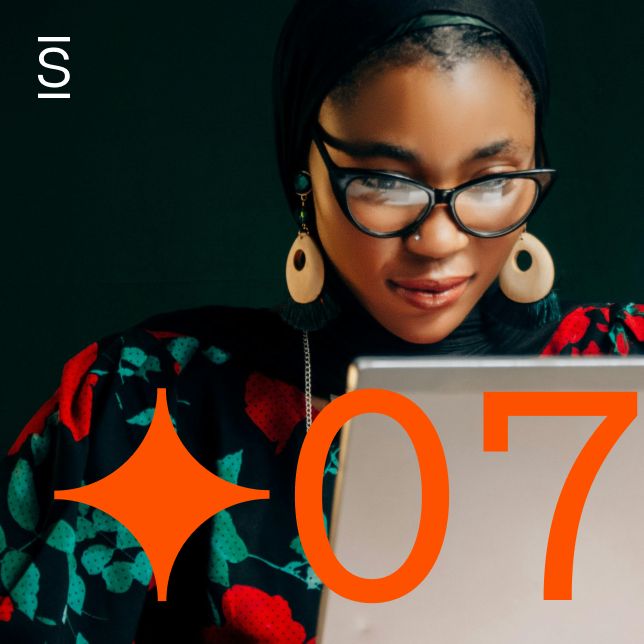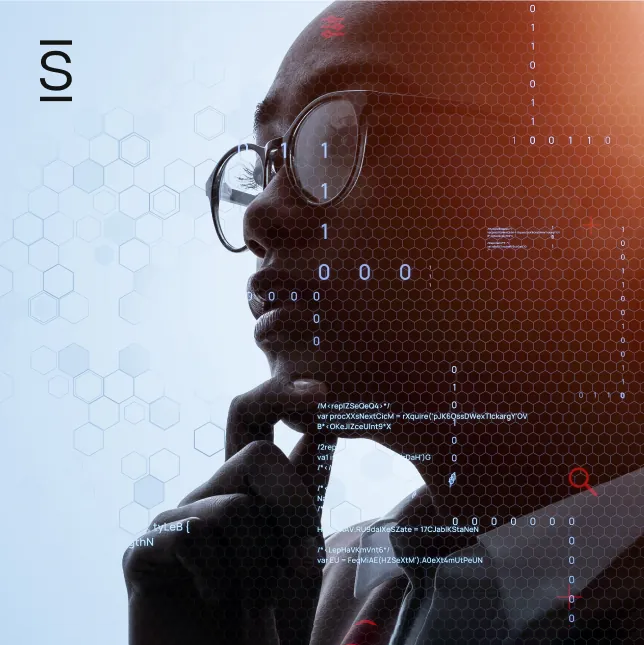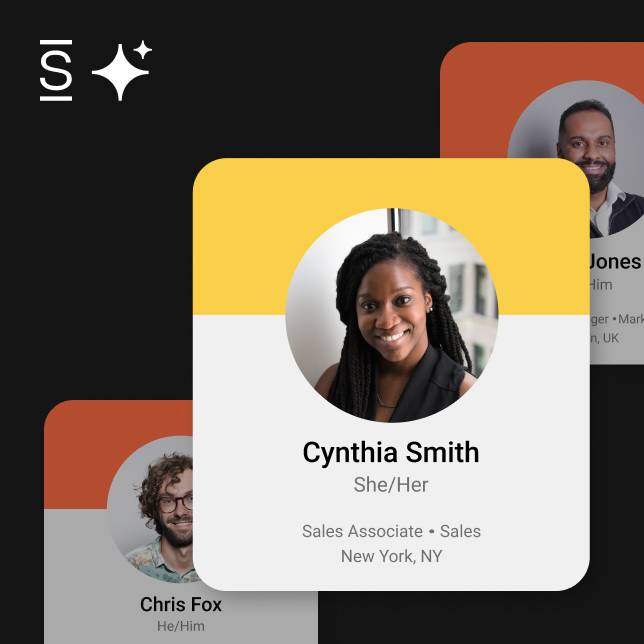I’m a reformed wannabe reporter, news producer, publicist and internal comms nerd (yes, I write with a fountain pen) who’s spent the last two years in my first real startup, dreaming of how to transform employee communications technology. In my current role, I lead corporate communications for our 500-person company.
But that’s just the start. I advise on product strategy and features, participate in sales deals, and strategize with communications pros worldwide on internal communications and employee experience strategies. While comms will always have my heart, diving deep into the business side is exhilarating. I’m talking about getting into the numbers — the good, the bad, the awesome. These last two years have taught me more about “business” than ever.
But here is what I know after pulling back the curtain on the business side and talking to so many internal comms people: IC still does NOT have the seat it deserves at the table. And we’ll need some help in the form of artificial intelligence (AI) to get us there.
The AI conundrum: A double-edged sword
Lately, I’ve had this nagging thought: at first, businesses will undervalue us, letting AI try to take over, thinking it’s a quick fix. But they’ll quickly realize they need both experienced IC pros and AI. Why? Because AI can’t offer:
- The empathy only a human can provide.
- The context that an employee brings to the table.
- The wisdom of lived experience that a seasoned communication person possesses.
As communicators, we embody a unique blend of empathy, experience and intuition that AI cannot replicate. But that doesn’t mean AI isn’t valuable to us — quite the contrary.
Related: Why we need humans more than ever in the age of AI
Embracing AI
When AI first entered my world, I was nervous. I mean, who wouldn’t be? The technology is new, evolving rapidly, and frankly, it scared me. But my love of learning pushed me to dive in anyway. And now, I’m here to tell you everything I’ve learned about AI and its impact on my life over the past year.
AI as a newborn: A mother’s perspective
As my friend Shaun Randol, aka Mister Editorial, says, AI is in its infancy. And as a mother, I often connect things back to my daughter, Everleigh. When Ever was an infant, I was vigilant, cautious, unsure, excited and hopeful. For me, AI is a lot like that. We must be watchful, attentive and alert. And yes, it’s OK to be excited and hopeful.
Healthy skepticism of AI? Totally get it. But here’s the insider tip: diving deep into what unnerves you doesn’t just ease the fear — it turns the tables. You get to excel in the very thing that once had you questioning.
What it means to embrace AI
Embracing something, especially when it scares you, is like nurturing a seed in your garden when you’re unsure what it will grow into. It’s about commitment despite uncertainty, giving it room to grow while learning about it and guiding its development with a blend of curiosity and caution.
Within days of using AI, work got faster, more effective, and, yes, a bit scarier. But I also got more confident. I realized I could use the most basic AI to compensate for some of my weaknesses. Understanding AI is, in many ways, understanding yourself. You know what you’re good at and what you’re not. Once I realized AI could fill my gaps, I felt like I could move. It felt like someone had given me a stool to reach the higher shelf.
Related: How to get your team on board with using AI
The exhausting battle for resources
AI came into my life at just the right time. As an internal communicator, I was tired. Tired of asking for headcount and not even being able to get an intern. Tired of constantly having to prove the value of what we do only to be told there is no budget. Begging for budget only to work myself to the bone was not sustainable.
Let me be clear: I’m not giving up the fight for headcount or budget. But I’m also not giving up on my employees. They need what we as communicators and change supporters bring to the table. And if AI is how we get there, I’m OK with that.
Learn more: ROI of internal communications — How to build a business case
AI for employee communications: From the basics to beyond
At first, I embraced the basics. I used AI as a proofreader, to change tenses, and to look for passive voice. When I was feeling lazy, it fixed my grammar and punctuation. It even helped with brevity — definitely not one of my strengths.
As I got more confident, I used AI to give me options for my audiences based on the context and content I provided. For example, I have no time or team to do focus groups, so I use AI to create employee profiles.
AI tries to take over at times — it suggests changes to my sentence structure, which I don’t always allow. I AM A TORTURED POET, IF YOU KNOW WHAT I MEAN. But mainly, it speeds me up.
Learn more: 50 best ChatGPT prompts for communications workflows
Beyond basics: The power of personalization
Where AI really speeds me up is with personalization. Not a surprise to any of you — I’m deeply convinced that personalization is key in communication. When we tailor our messages to meet individual learning preferences, people not only pay attention — they connect.
Imagine delivering content so aligned with someone’s personal learning style that it feels bespoke.
I leverage AI to draft various forms of content rapidly, reducing the time spent editing and allowing me to focus more on strategic tasks. This includes everything from FAQs to reports. One example I love is using AI to create different personas — an engineer, a junior marketing analyst, an executive — and asking what questions they might have in response to an executive change. AI provides insights that I might not have considered, offering a fresh perspective on how to communicate effectively across different roles.
Learn more: IC cheatsheet for optimizing AI prompts
AI and empathy: A balancing act
AI can help us achieve incredible things, but it’s important to remember what it can’t do. AI can’t sit in an executive meeting and sense the room. It can’t walk through the halls and pick up on the subtle cues that indicate an organization’s mood and vibe.
AI can’t replace the profoundly human elements of our work — empathy, intuition and understanding.
This is where we, as communicators, shine. We bring the context, the humanity, the empathy. AI can support us, enhance our work, and help us operate more efficiently, but it will never replace what makes us uniquely suited for this role.
The ethical use of AI: A critical responsibility
As we integrate AI into our work, it’s crucial to use it responsibly. Thought leaders across the field, like Shaun Randol, emphasize that “AI is a powerful tool, but without ethical guidelines, it can easily become a double-edged sword.” Organizations like the Responsible AI Institute provide guidelines to ensure we use AI ethically and morally.
It’s about more than just protecting confidential information — it’s about maintaining the integrity of our communications.
Disinformation is one of the most significant risks AI poses. Shaun Randol warns, “disinformation is the kryptonite to our work as communicators. The speed at which AI can generate and distribute content makes spreading false information easier than ever.” As communicators, we need to be vigilant. We must critically assess the information AI provides, ensure it aligns with our organization’s values, and verify its accuracy.
AI’s role in communication is expanding rapidly, but as Shaun aptly puts it, “Our responsibility is to wield this power wisely, ensuring that AI enhances our work rather than undermines it.” This means questioning the outputs we receive from AI, maintaining a critical eye on the data, and always prioritizing the ethical implications of our actions.
The future of AI in employee communications
Looking ahead, the future of AI in employee communications is thrilling. It will help us analyze engagement metrics, suggest improvements, and personalize content in ways we’ve never been able to before. It will free us from mundane tasks, giving us more time to focus on what we do best — connecting with our audience on a human level.
But as we embrace AI, we must remain vigilant. We must ensure that our content is authentic, accurate, and in line with our organization’s values. AI is a powerful tool, but it’s only as good as the person wielding it.
Stay ahead or fall behind
As we stand at the crossroads of AI and communication, the ethical use of this powerful tool is not just a responsibility — it’s a necessity. AI is reshaping how we connect, engage and inform, but only when used with integrity and a deep understanding of its implications. If your intranet vendor or communications agency isn’t already having these conversations about AI’s ethical use, they’re not just lagging — they’re already behind.
In today’s fast-evolving landscape, staying ahead means more than just adopting the latest technology. It’s about leading with purpose, foresight and a commitment to doing what’s right.
The future of communication is being written now, and those who understand the importance of ethical AI are the ones who will shape it. Don’t settle.
If we remember this, the future of communication is ours: our real superpower isn’t the tech. It’s our ability to mix heart with strategy, to bring empathy to complexity. That will keep us building real connections, proving the strategic advantage of employee communications and experience — no matter what tomorrow brings.


